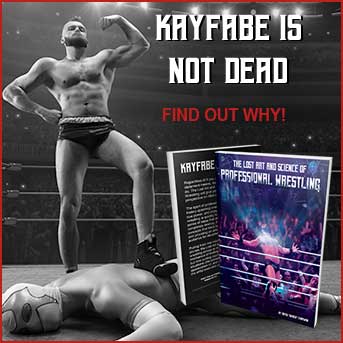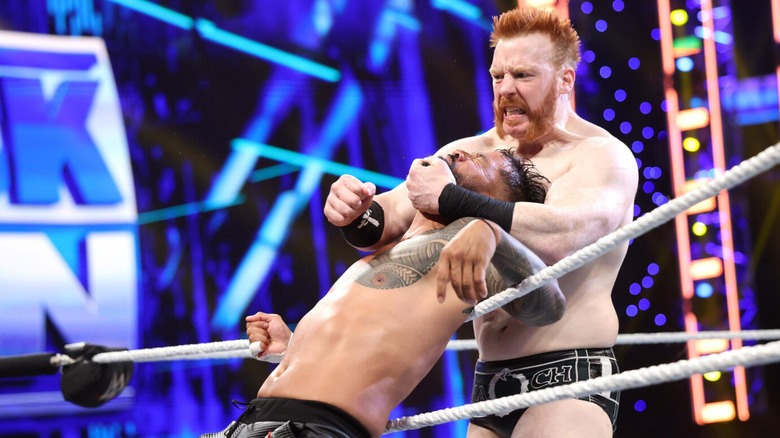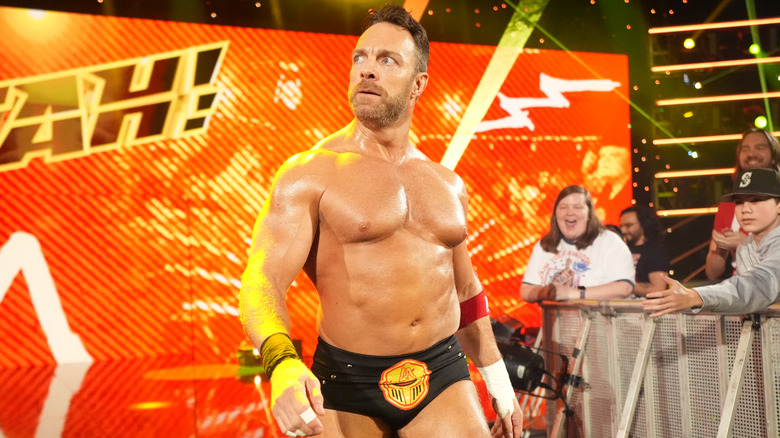As the UFC prepares to embark on possibly the biggest year in the promotion’s history with a new broadcast rights deal on the horizon, Netflix has emerged as a popular potential destination and partner.
Currently, the UFC has a broadcast deal with ESPN that expires at the end of 2025 with an exclusive negotiating window with the Disney owned network that runs through April 15. After that date, the UFC can begin fielding offers from other potential suitors with many analysts and insiders pegging Netflix as perhaps the best landing spot for the organization.
On Tuesday, Netflix revealed that the streaming service added another 19 million subscribers in the fourth quarter of 2024 with 302 million subscribers worldwide now. Add to that, Netflix just recently inked a $5 billion, 10 year broadcast deal WWE’s flagship show Monday Night Raw and it’s no secret that WWE and UFC are owned by the same company now at TKO Group Holdings.
While Netflix co-CEO Ted Sarandos wouldn’t comment on the company’s potential interest in obtaining the UFC’s broadcast rights, he had nothing but praise for the relationship being built with WWE.
“Not going to comment anything specifically like the UFC but WWE is off to a great start,” Sarandos said on a quarterly financial call with investors. “The first week we drew about 5 million views, which is about two times the audience that Monday Night Raw was getting in linear television. Pretty consistent with how we modeled it, how we’d hope to build the audience for the league. We also saw that the non-live viewings and the day after the live event, our viewing grew by 25 percent, mostly outside of the U.S. time zones.
“So this is new viewing in the U.K. and Canada, Mexico, Australia, Brazil in particular are really big markets. So we’re really thrilled to see how that’s going so far. In the U.S., our viewing of Monday Night Raw was as big as the Monday Night Raw viewing has been in five years. So we’re super thrilled with how that’s going and how that’s coming out.”
The UFC is seeking a huge increase in the new broadcast rights deal with reports surfacing that the company hopes for more than $1 billion per year for the whole package that includes fight cards running year round without a typical season long format like most major sports leagues. TKO president Mark Shapiro has even said in the past that for the right price, the UFC would consider including pay-per-view broadcasts as part of a deal with those premium events airing for a broadcast partner without the current $79.99 price attached.
That’s an interesting caveat considering Netflix did a deal to broadcast the recent Jake Paul vs. Mike Tyson fight with the event costing nothing extra for subscribers. The fight drew over 100 million viewers at one point with Netflix boasting that it was “the most streamed sporting event ever” when releasing financials for the fourth quarter of 2024.
Netflix also recently got more involved with live sports after inking a deal with the NFL for a pair of games that aired on Christmas, which Sarandos revealed pulled 30 and 31 million viewers respectively.
“We are constantly trying to broaden our programming,” Sarandos said. “Live events is one of those things and sports is part of those live events. When I look at this and say that’s a really fantastic thing but it doesn’t really change the underlying economics of full season, big league sports being extremely challenging.
“So if there was a path where we could actually make the economics work for both us and the league, we’d certainly would explore. But right now we believe that the live events business is where we really want to be and sports is a very important part of that but it is part of that expansion.”
What makes the UFC such an attractive addition to the lineup is that unlike even the NFL or NBA, there is no offseason for MMA, which means there’s no lull in programming.
Sarandos specifically mentioned the challenges to make financials work for a typical season run league and that may serve as an even bigger hint that working with a promotion like the UFC makes more sense than trying to land one of the major sports such as football or basketball.
“Not to be overly repetitive but we’re going to be mindful of the bottom line,” Sarandos said. “It’s really important that those economics do work and that the big league sports full season economics are very hard to make work.
“So for us, we want to be able to bring value to the sport like we have to date with WWE certainly but like we have with the NFL, too, where we were basically able to bring a big audience, a young audience, a more global audience than linear television but that has to be reflected in the deal as well.”
















